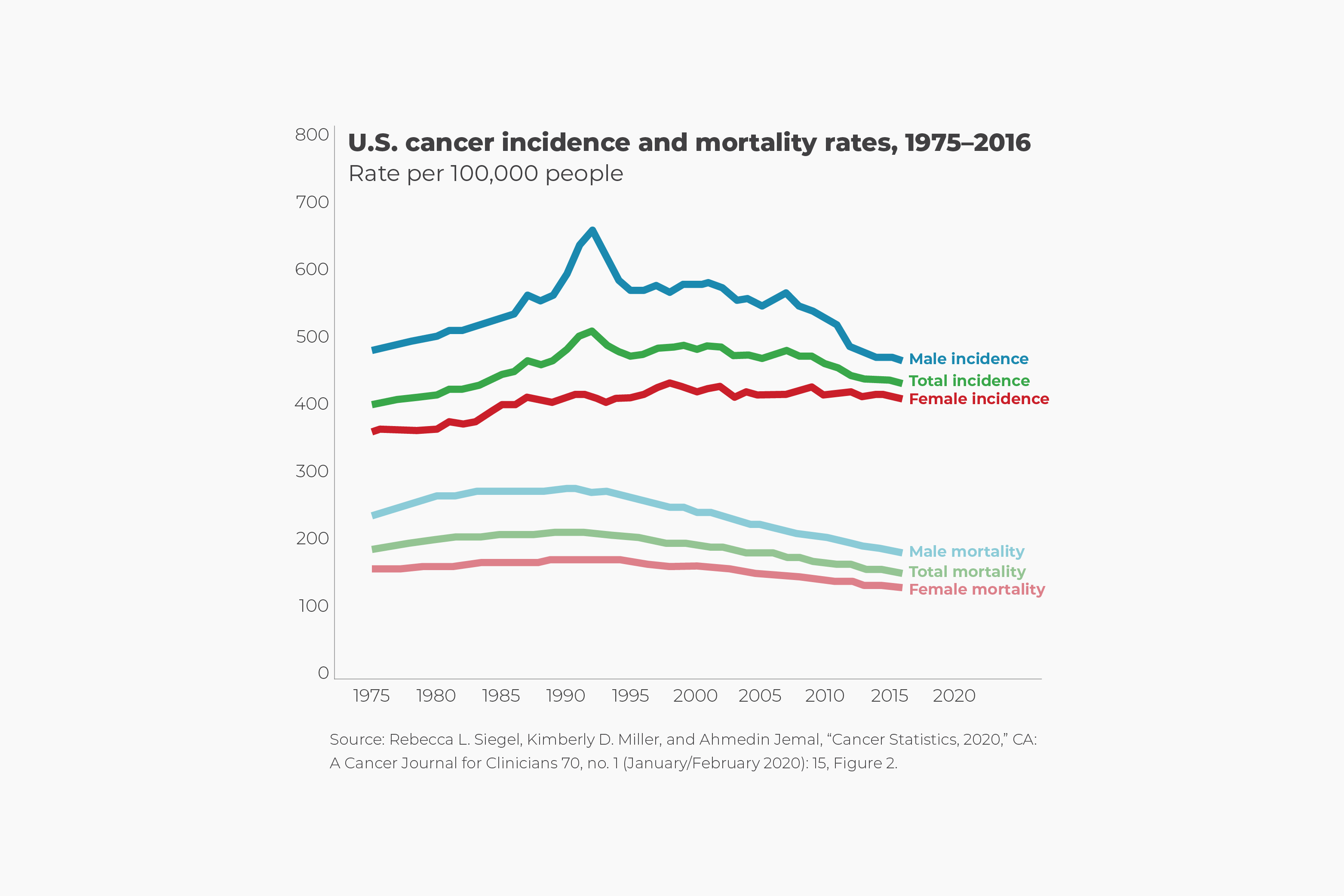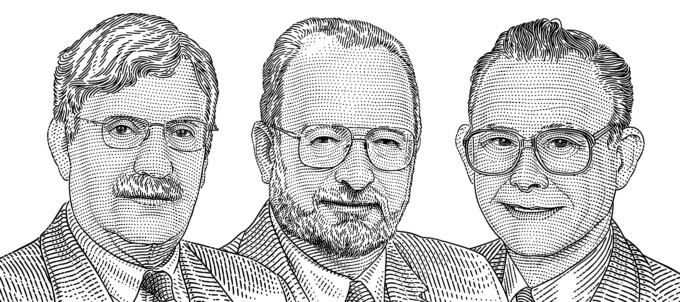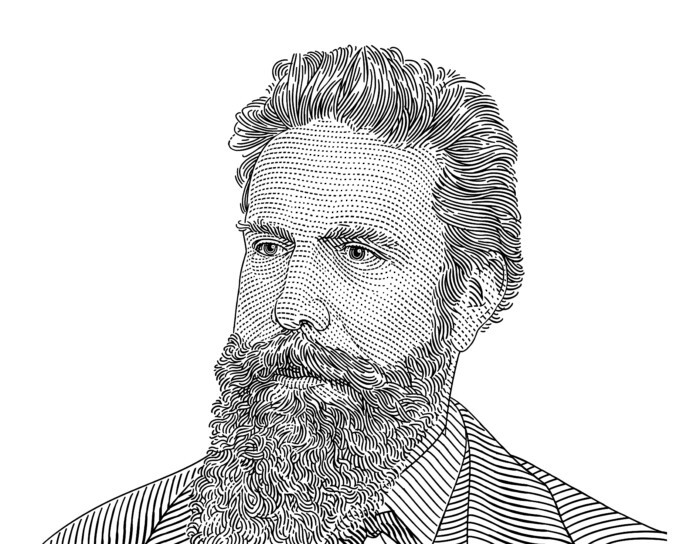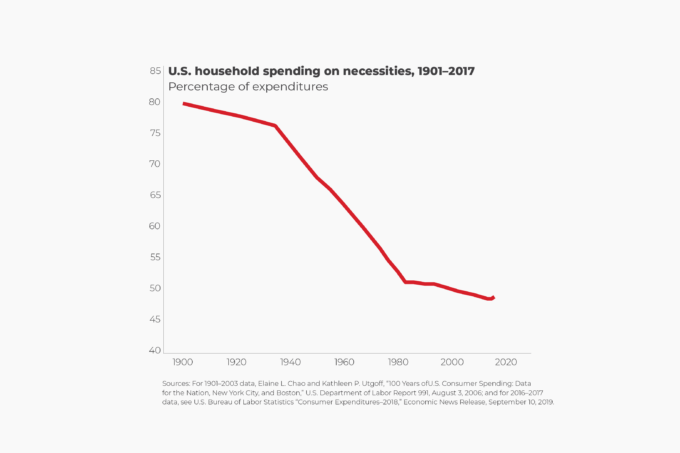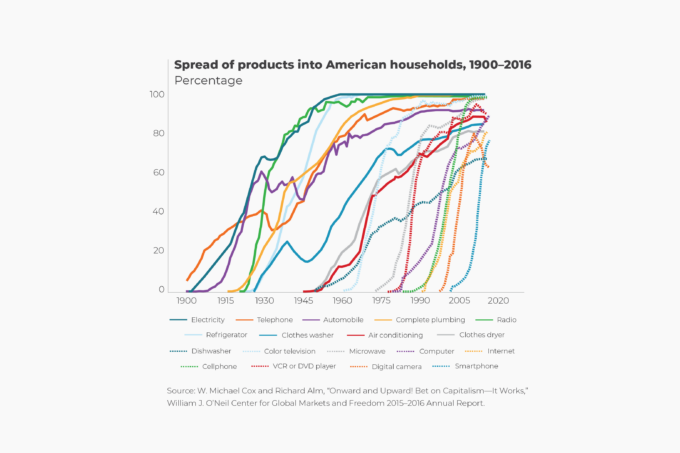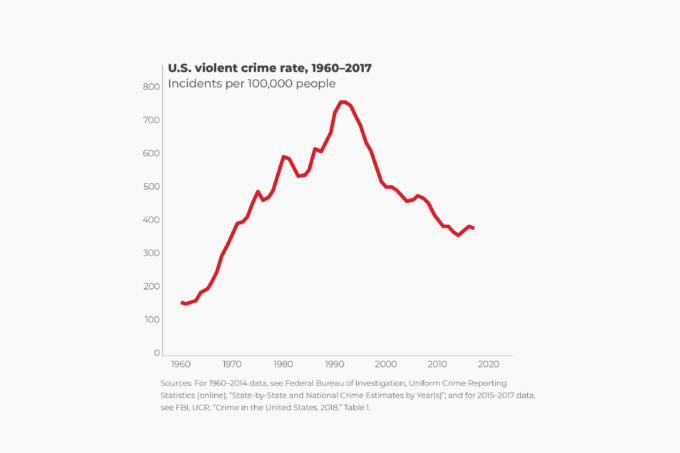“The cancer death rate rose until 1991, then fell continuously through 2017, resulting in an overall decline of 29 percent that translates into an estimated 2.9 million fewer cancer deaths than would have occurred if peak rates had persisted,” notes the American Cancer Society (ACS) in its annual cancer mortality and incidence statistics update in 2020. In 1991, the cancer death rate stood at 215 per 100,000 people. That fell to 152 per 100,000 people in 2017.
The report also notes that the cancer death rate between 2008 and 2017 declined at a rate of 1.5 percent per year. In addition, the ACS reports that the cancer incidence rate decline has recently stabilized due in part to a slowing decrease in colorectal cancer rates for males and a slight uptick in breast cancer among women. In other words, the modern world is not experiencing a rising epidemic of cancer, but rather the opposite.
Most of the decline in both incidence and mortality rates is due to reduction in smoking tobacco, as well as advances in the early detection and treatment of cancer. According to the ACS report, lung cancer death rates dropped by 51 percent among men between 1990 and 2017. They fell by 26 percent among women between 2002 and 2017.
Moreover, breast cancer death rates dropped by 40 percent among women between 1989 and 2017; prostate cancer death rates dropped by 52 percent between 1993 and 2017; and colorectal cancer death rates dropped by 54 percent among both men and women between 1970 and 2017.
The reduction in death rates for breast, prostate, and colorectal cancer reflect the use of screening tests that result in earlier detection and, in the case of colorectal cancer, the removal of precancerous polyps during colonoscopy.

